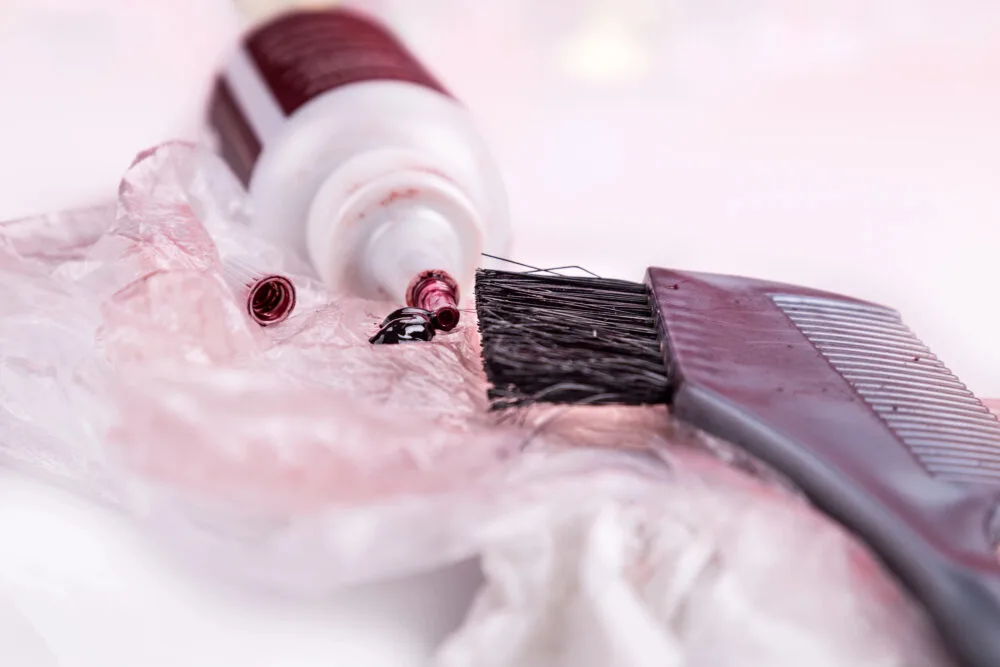Are you planning on using an at-home hair dye, or you’ve got an appointment at the hair salon to dye your hair?
There are mixed opinions on whether it is best to dye your hair while it’s clean, or if it’s better to have greasy or dirty hair, for the best color results.
I’m going to share whether it’s better to dye your hair when it’s clean, or when your hair is dirty, so keep on reading to find out!

Does Clean Or Dirty Hair Color Better?
Some stylists believe that the natural oils in day-old hair can create a slight barrier on the scalp, potentially reducing irritation from the dye and maybe even helping the color adhere a little better to the hair shaft.
Others find that squeaky clean hair allows the color to penetrate more effectively.
It matters more on the condition of your hair and the specific type of color being used.
Using your hair dye on clean hair does have advantages though, as you’ll get a more accurate color match for seeing your true natural hair color, so it’s best to dye your hair 1-2 days after washing it, to ensure the hair is overloaded in oil or grease, but not too squeaky clean that the dye struggles to adhere to it.
How To Prep Your Hair For The Best Results When Coloring Your Hair
To start, wash your hair about 1-2 days before your appointment.
This timing allows your hair and scalp’s natural oils to build up, and they will help in protecting your scalp during color application without leaving your hair too oily.
You are going to want to avoid using styling products in your hair before you apply your chosen hair dye, as they will create a barrier, that will affect how the dye penetrates your hair, and you don’t want to risk having patchy or uneven color.

Tips for Maintaining Your Color-Treated Hair
Once you’ve dyed your hair, wait at least 48 to 72 hours before you wash it for the first time.
This will allow your new hair dye to settle and the hair bonds to harden, to give you longer lasting color.
Post hair dye, try and wash your hair every two-to-three days, using sulfate free shampoos and conditioners, or products that are specifically designed for color-treated hair, as they’ll help to prevent the color from fading too fast. They have more gentle, less-stripping formulas.
Between washes, you can use dry shampoos to manage any oiliness, without stripping moisture from your hair, and again, you can get dry shampoos that are designed for color treated hair.
Some dry shampoos even have color-depositing formulas, so you’ll want to avoid those, unless you want to hide any regrowth, as your color grows out.
Make sure you’re using nourishing hair masks regularly to maintain hydration, and prevent color damage breakage, as well as using UV protection sprays on your hair, to protect against environmental damage too.
3 Common Hair Myths When Coloring Your Hair
One common myth is that only clean hair will give you a perfect dye job. When, as I explained above, having very slightly dirty hair with natural oils can protect your scalp and strands from irritation during coloring.
Some people think clean hair for coloring will give you better gray hair coverage. While clean hair allows for more even color and helps stylists accurately match your natural shade, your hair’s condition and type matter more than whether it’s clean or dirty.
Some believe that using hair dye on your hair is super damaging, but that’s not always necessarily true.
How healthy you are was before you used hair dye, the type of hair dye formula you used, and your haircare routine post-color are all important factors.
